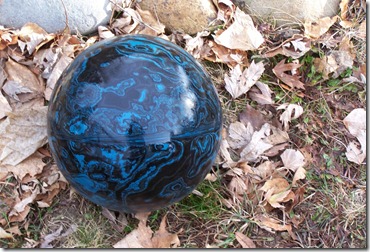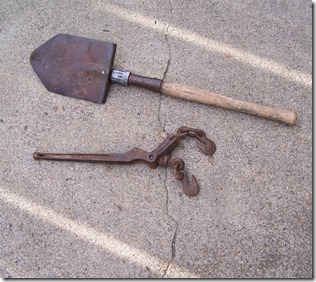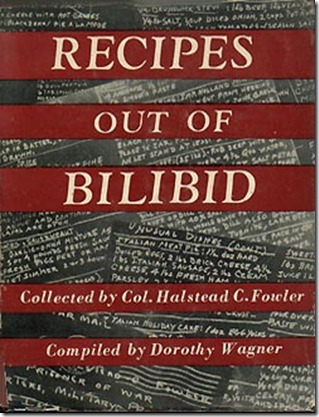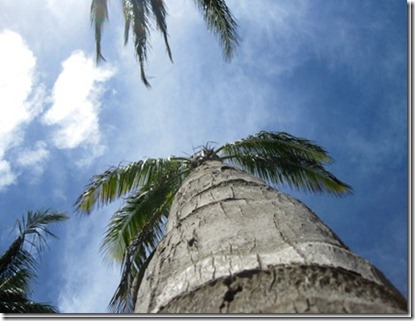
As I write this, it’s Tuesday morning, and instead of seeing palm trees and colorful tropical flowers when I look out my window, I see bare trees and brown grass. And I know that I’m home, and Hawaii once again exists for me only in pictures and memories.
We left Seattle, that Saturday morning, in a blinding snow storm. This was the first time I was on a plane that had to be de iced before take off. The flight was already way behind schedule due to jet way problems and having to move the plane to a new gate.
But soon, we were on our way! People on flights that are bound for Hawaii are a pretty festive bunch. And receiving complimentary Mai Tais helps too! As we touched down on Maui, with the wind bouncing us around as though we were traveling aboard a paper airplane, one of the flight attendants yelled “Whoa! Whoa doggie!” at the top of his lungs. It broke the tension and we laughed and applauded the captain for landing us safely.
Once we arrived at our motel and got settled into our room, it didn’t take us long to fall into a pleasant routine of spending time at the beach, and exploring the island.
Here, in no particular order, are some of my favorite sights…
The view from our lanai. I could never get tired of looking at those palm trees.
Colorful paddle boards blend in perfectly with tropical flowers.
And speaking of tropical flowers, I could easily take hundreds of photographs of the tropical plants that thrive in Hawaii. I love the colors, textures and atmosphere they create.
The island of Molokai in the distance.
Palm trees at dusk.
The colors of the sea. They really are stunning!
Ancient Hawaiians carved these holes in the rocks to catch seawater, which was allowed to evaporate for the salt.
Just a rocky shore, or so we thought.
And then we spied some slumbering sea turtles!
The quintessential Hawaiian sunset. The sun was like a fireball on this particular evening.
Amy found this heart. It easily could have been mine…
With luck, there will be another trip to Hawaii at the end of this rainbow.
For both of us, Abigail.
![roomwithaview_thumb[1] roomwithaview_thumb[1]](http://lh4.ggpht.com/-ogV0Y8VXPlI/T3HlHG-GOAI/AAAAAAAACg0/428LtngeDCE/roomwithaview_thumb%25255B1%25255D%25255B3%25255D.jpg?imgmax=800)
![boards_thumb[1] boards_thumb[1]](http://lh5.ggpht.com/-sM4uBBS7Bxg/T3HlHkHpopI/AAAAAAAACg8/IE6wkEvLxwI/boards_thumb%25255B1%25255D%25255B3%25255D.jpg?imgmax=800)
![foliage_thumb[1] foliage_thumb[1]](http://lh3.ggpht.com/-ugiUJkgpCWg/T3HlIIpl3OI/AAAAAAAAChE/3x_Di49fcho/foliage_thumb%25255B1%25255D%25255B3%25255D.jpg?imgmax=800)
![tropicalfoliage_thumb[1] tropicalfoliage_thumb[1]](http://lh6.ggpht.com/-8XVzTirf77A/T3HlIjLKslI/AAAAAAAAChM/VTv4UpEgkr4/tropicalfoliage_thumb%25255B1%25255D%25255B3%25255D.jpg?imgmax=800)
![jewelofthepacific_thumb[2] jewelofthepacific_thumb[2]](http://lh5.ggpht.com/-Q8LF1zDugao/T3HlJKn_CcI/AAAAAAAAChU/ZzXbxWnd1nU/jewelofthepacific_thumb%25255B2%25255D%25255B4%25255D.jpg?imgmax=800)
![1_thumb[1] 1_thumb[1]](http://lh3.ggpht.com/-mQXVJyu5X88/T3HlJoMXaSI/AAAAAAAAChY/mXZBawkc6IY/1_thumb%25255B1%25255D%25255B4%25255D.jpg?imgmax=800)
![bigwaves_thumb[1] bigwaves_thumb[1]](http://lh6.ggpht.com/-yUq5T0bzyK8/T3HlJhy-C2I/AAAAAAAAChg/gLeDHLhHBUw/bigwaves_thumb%25255B1%25255D%25255B3%25255D.jpg?imgmax=800)
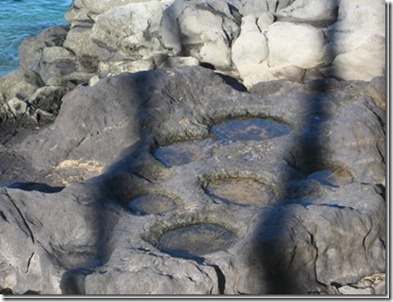
![seaturtles_thumb[1] seaturtles_thumb[1]](http://lh5.ggpht.com/-IpCpneYwpvo/T3HlKgPpqQI/AAAAAAAAChw/O_yWRKPYo9k/seaturtles_thumb%25255B1%25255D%25255B4%25255D.jpg?imgmax=800)
![sleepingbeauty_thumb[1] sleepingbeauty_thumb[1]](http://lh4.ggpht.com/-VNDUBrcUGqc/T3HlK7g3NRI/AAAAAAAACh8/oAi3FINPDE0/sleepingbeauty_thumb%25255B1%25255D%25255B3%25255D.jpg?imgmax=800)
![sunset_thumb[1] sunset_thumb[1]](http://lh5.ggpht.com/-IKh_0NazHZ0/T3HlLRamDYI/AAAAAAAACiE/m7LpK88K1ko/sunset_thumb%25255B1%25255D%25255B3%25255D.jpg?imgmax=800)
![hawaiiheart_thumb[1] hawaiiheart_thumb[1]](http://lh6.ggpht.com/-XHzYL1Qtjyg/T3HlLl3ODCI/AAAAAAAACiM/k_a-Pu9czGU/hawaiiheart_thumb%25255B1%25255D%25255B3%25255D.jpg?imgmax=800)
![hawaiirainbow_thumb[2] hawaiirainbow_thumb[2]](http://lh5.ggpht.com/-51aZO0q_ImM/T3HlMBd7VYI/AAAAAAAACiU/ofjuNDFPbQc/hawaiirainbow_thumb%25255B2%25255D%25255B4%25255D.jpg?imgmax=800)
